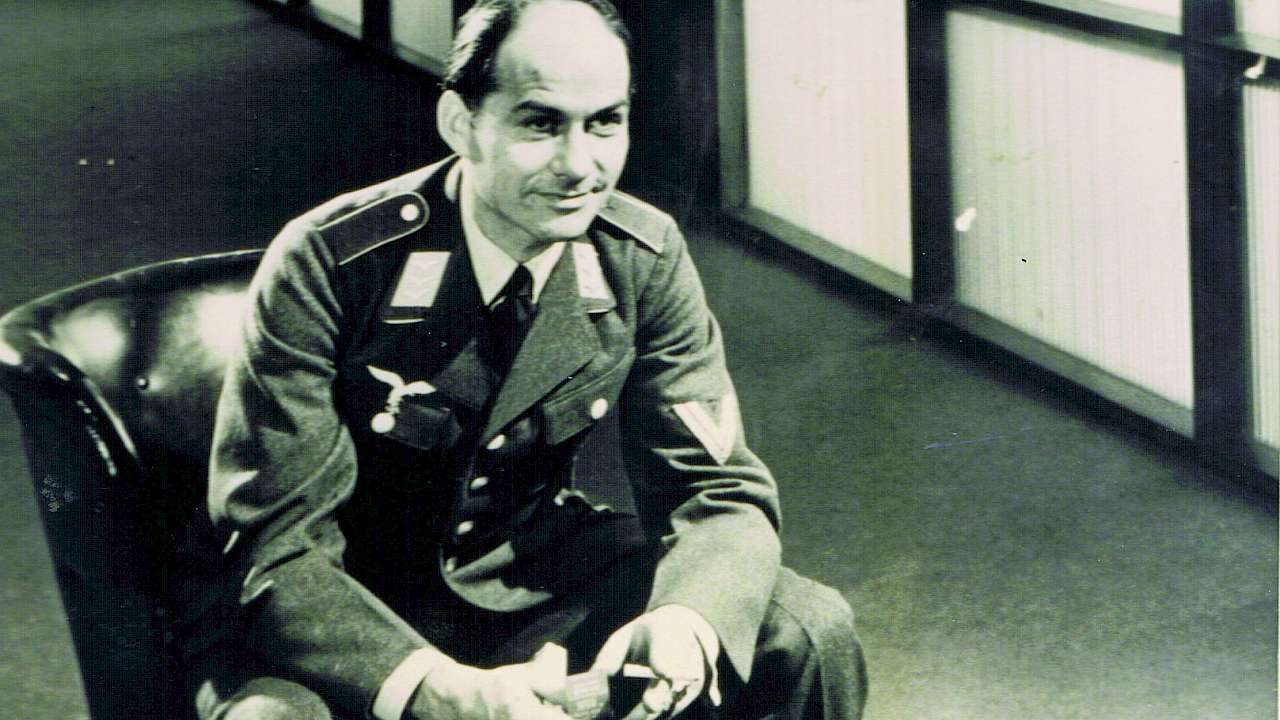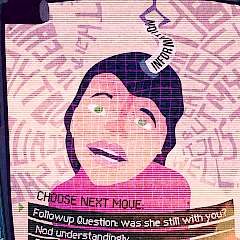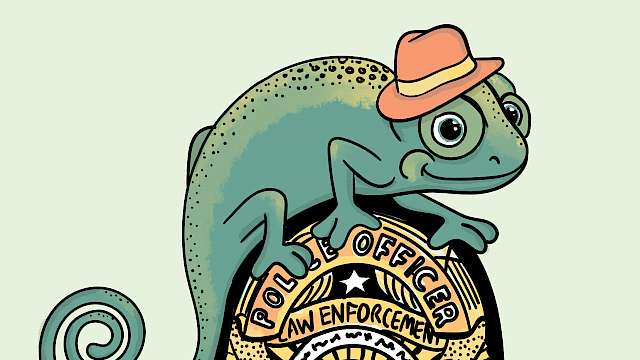"Did your plane carry bombs in it or didn’t it? You cannot ask that direct question, he will never answer it. But in the course of a regular conversation he will probably drop somewhere an indication that he did or he didn’t, without even knowing what he said."
These are the words of the renowned WWII Luftwaffe interrogator Hanns Scharff (1907–1992) explaining to the Pentagon how he extracted information from allied fighter pilots without alerting them of their contribution.
Quotes like these may be thought-provoking for most, and within the head of this experimental researcher it resulted in a large neon sign twinkling “components” surrounded by question marks.
So then, what are the mechanisms that allow a person to systematically steer another to reveal information unknowingly? Through a four-year-long research program, my collaborators and I have started to address that question.
Tactics
So, what made Scharff so effective? To answer this we first have to know what he did. We began by breaking down Scharff’s approach into individual tactics.
Scharff’s tactics were built on the understanding of the typical behaviours of sources. By putting himself in the shoes of an allied prisoner, Scharff identified at least three general behaviours that were used to avoid providing information that would advance the interviewer’s knowledge:
- I will not tell very much.
- I’ll try to figure out what they are after and not provide that information.
- It is meaningless to deny/hold back what they already know.
Having identified some resistance strategies, Scharff developed his own tactics to circumvent them:
- Maintain a friendly approach. Scharff avoided coercive methods and became known for his equality-oriented approach.
- Don't press for information. Rather than demanding answers to questions, Scharff would tell stories, related in such a fashion as to encourage conversation and leave openings for the source to fill in.
- Build an illusion of knowing it all. Scharff would often open the interview by telling a detailed story that demonstrated his knowledge, which made it clear that he already held a large amount of correct and detailed information.
- Confirmation/disconfirmation: Instead of asking direct questions, Scharff presented claims that he wanted to have confirmed or disconfirmed by the prisoners.
- Ignore new information. When provided with critical information, Scharff would downplay it as unimportant or already known, hiding the fact that the information was of interest to him.
In our laboratory, we have conducted a series of experiments where we compared the Scharff technique, conceptualised as these five tactics, against asking a combination of open-ended and specific questions (i.e. the direct approach).
The Scharff technique consistently resulted in more new information, as well as better masked information objectives, compared to asking explicit questions. Furthermore, the Scharff technique consistently influenced the sources to underestimate their contribution. In stark contrast, the sources in the control condition tended to overestimate their contribution.
Comparing techniques
So, what makes the Scharff technique more successful than posing explicit questions?
Sources who adopt resistance strategies are likely to try to estimate what information the interviewer already knows and what information he or she is after. Such assessments will inform on what information to reveal and what to withhold. Our studies show that when these sources are approached with explicit questions they will believe the interviewer knows very little about the topic under discussion. In such cases, sources will perceive that almost everything they reveal will advance the interviewer’s knowledge.
In direct contrast, the aim of the Scharff technique is to influence the sources to perceive the interviewer as knowledgeable.
Consider an interviewer who starts the interview by presenting all information already held on the case. If the source then wants to be perceived as cooperative, she cannot simply repeat the information already stated by the interviewer. Instead, the source will need to go beyond the interviewer’s story and provide new information. Hence, for information gathering purposes, the known information can be presented at the outset of the interview in order to direct the source away from already known information and towards new information.
The Scharff technique is designed to increase the outcome for the interviewer when sources are not completely cooperative
In conclusion, the Scharff technique is designed to increase the outcome for the interviewer when sources are not completely cooperative. During such circumstances, the interviewer can use already known information to steer sources towards previously unknown information and lead them to unknowingly increase the value of their contribution. Hence, science does not only support the wisdom of a master interrogator, it helps to clarify general components that go beyond individual talents.
Copyright Information
As part of CREST’s commitment to open access research, this text is available under a Creative Commons BY-NC-SA 4.0 licence. Please refer to our Copyright page for full details.






